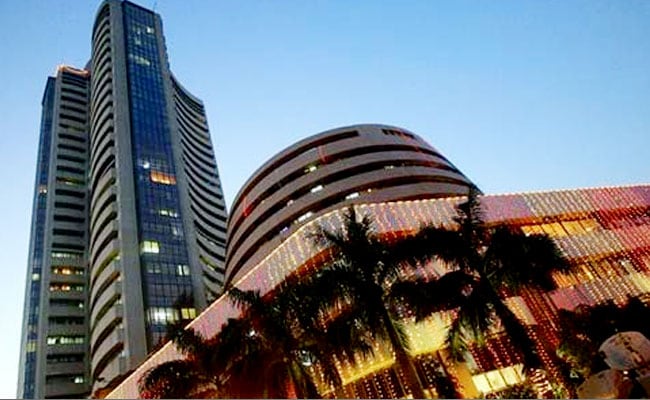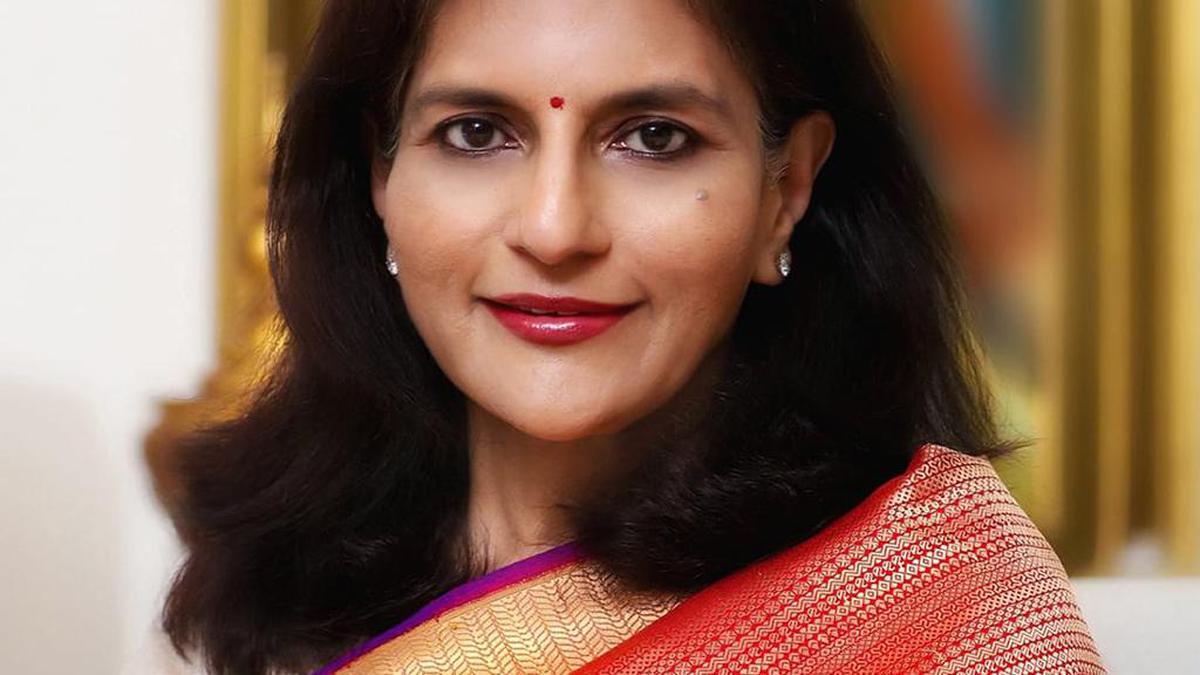Growth in India’s Gross Domestic Product (GDP) and the Gross Value Added (GVA) in the economy sped to 7.8% in the first quarter of this year.
| Photo Credit: rawpixel.com
Growth in India’s Gross Domestic Product (GDP) and the Gross Value Added (GVA) in the economy sped to a four-quarter high of 7.8% in the first quarter of this financial year, but economists reckon that a weak monsoon, high inflation and global headwinds could temper the pace of growth through the rest of 2023-24.
Manufacturing GVA grew for the second quarter in a row, after half a year of contraction, with the pace of growth picking up slightly to 4.7% in the first quarter (Q1) of the year, from 4.5% in the previous quarter. Agriculture, forestry and fishing GVA grew 3.5% between April and June, but it was the services sectors that recorded the sharpest surge and lifted the estimates released by the National Statistical Office (NSO) on Thursday.
Financial, real estate and professional services GVA grew 12.2% in Q1, while GVA from trade, hotels, transport, communications, and services related to broadcasting rose 9.2%. The GVA from public administration, defence, and other services, as well as the employment-intensive construction sector, rose 7.9% each.
‘Below expectations’
“Although a supportive base propelled GDP growth to a four-quarter high of 7.8%, it nonetheless printed below our expectations of 8.5% as well as the central bank’s Monetary Policy Committee’s projection of 8%,” said ICRA chief economist Aditi Nayar. She attributed the slower-than-expected growth mostly to the meek uptick in manufacturing that has been hit by falling exports, and a deceleration in the construction sector.
Chief Economic Advisor V. Anantha Nageswaran argued that this was a good growth number that keeps the economy comfortably poised to grow 6.5% this year, and downplayed interpretations of a weak manufacturing sector or worries that downside risks to the growth projection are dominant.
‘Premature worries’
“The data is not seasonally adjusted, so to say manufacturing is not doing well is not something that I would subscribe to,” Mr. Nageswaran said, noting that the numbers were likely distorted by weaker cement production.
“It is slightly premature to conclude that downside risks dominate to the 6.5% growth rate. The risks to the projection are evenly balanced,” he stressed, adding that it was also too early to conclude that rural demand would weaken due to the deficient monsoon rains.
‘Peak performance in Q1’
Crisil chief economist Dharmakirti Joshi was not as sanguine, predicting that the 7.8% growth in Q1 would likely be the “peak growth performance” for this year.
“Growth in the July-September quarter will be moderated by softening consumption, as spiking inflation will dent discretionary spending power. For the rest of the year, headwinds from slowing global growth and the lagged impact of interest rate hikes will play out and if dry weather conditions continue, agricultural output could be impacted,” he emphasised.
GVA from electricity, gas, water supply, and other services grew just 2.9% in Q1, while mining and quarrying GVA grew 5.8%.
GDP growth stood at 6.1% in the January to March 2023 quarter, and at 13.1% in the first quarter of 2022-23. GVA growth in the previous quarter was 6.5%, while it was 11.9% in the April to June 2022 period.









